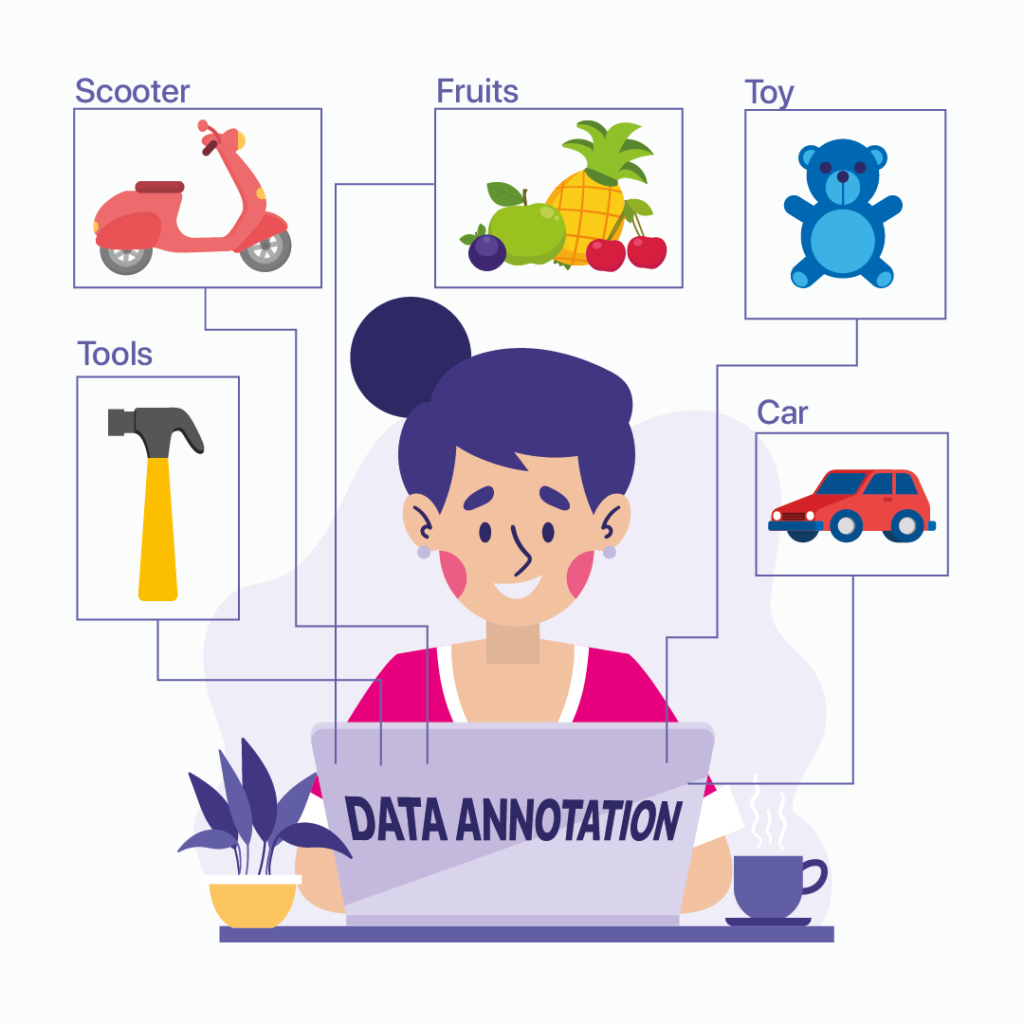Understanding Image Annotation
Image annotation is a process of labeling or tagging images with metadata to help machines recognize and understand visual content. It is widely used in artificial intelligence (AI) and machine learning (ML) applications, enabling systems to interpret and analyze images effectively. Annotation techniques vary depending on the type of data and its intended use, including bounding boxes, semantic segmentation, and landmark annotation. These techniques play a crucial role in training computer vision models to identify objects, faces, and even emotions.
Types of Image Annotation Techniques
Different types of image annotation techniques are used to enhance machine learning models. Bounding box annotation is one of the most common methods, where rectangular boxes are drawn around objects to help identify their locations. Semantic segmentation involves labeling each pixel in an image, providing a detailed understanding of object boundaries. Keypoint annotation helps in recognizing facial expressions and body movements by marking specific points on an object. Other techniques, such as 3D cuboids and polygonal segmentation, further refine the accuracy of object detection. Each method serves a specific purpose, making them essential for AI-powered image analysis.
Applications in Various Industries
Image annotation is widely applied across multiple industries, significantly improving efficiency and accuracy. In the healthcare sector, annotated medical images assist doctors in diagnosing diseases by detecting abnormalities in X-rays and MRIs. The automotive industry uses image annotation for developing self-driving cars by training models to recognize road signs, pedestrians, and obstacles. In e-commerce, annotated images help improve product recommendations and visual searches. Additionally, it is used in security and surveillance for facial recognition and behavior analysis, enhancing safety measures.
Challenges in Image Annotation
Despite its advantages, image annotation comes with several challenges. The process is time-consuming and requires a high level of accuracy to ensure reliable AI model training. Manual annotation demands significant human effort, leading to increased costs and labor-intensive tasks. In some cases, complex images require specialized annotators with domain expertise to correctly label objects. Additionally, ensuring data privacy and security when handling sensitive images, such as medical records or personal photos, is another critical challenge. Addressing these issues is essential to optimize the efficiency of AI applications.
The Future of Image Annotation
The future of image annotation is evolving with advancements in automation and AI-driven tools. Automated annotation software powered by deep learning algorithms is reducing manual efforts while maintaining high accuracy. Active learning techniques allow AI models to learn from minimal human input, improving efficiency over time. Crowdsourcing platforms are also emerging as a cost-effective solution, utilizing a global workforce to annotate large datasets. As AI continues to advance, image annotation will play a fundamental role in enhancing computer vision, making applications smarter and more efficient.

